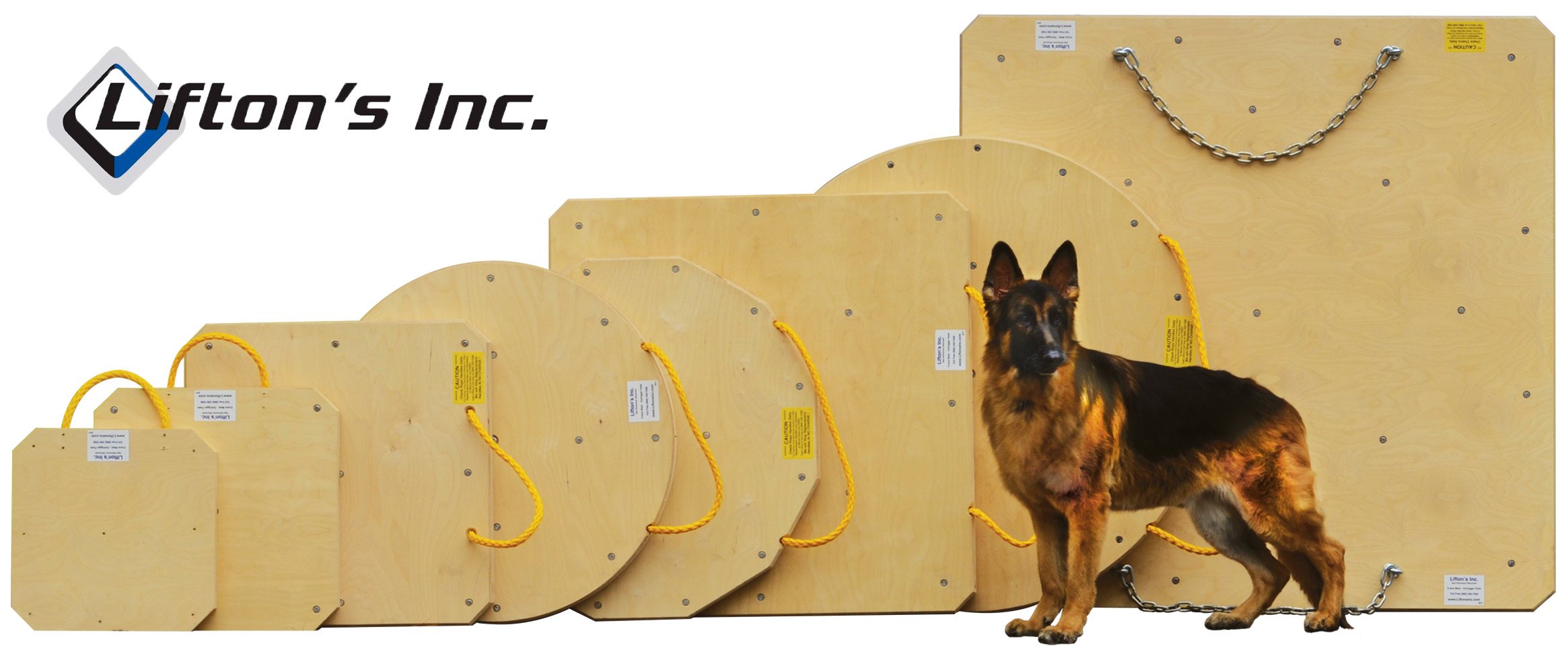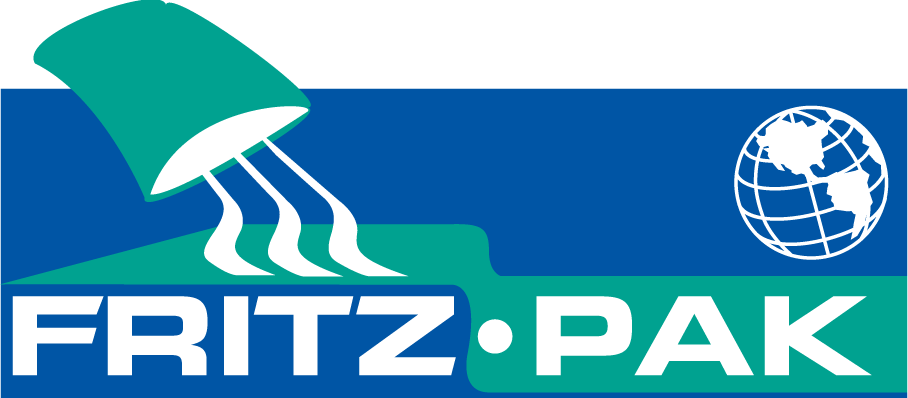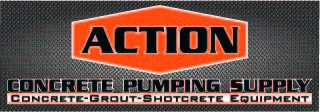Concrete Pumping Proves Key To Condo Patio Restoration 11/17/2008
Concrete Pumping Proves Key To Condo Patio Restoration Tight quarters and long pumping distances were just some of the challenges on a recent concrete restoration project in Fort Lauderdale, FL. By Jaclyn Peters -- Dixie Contractor, 11/17/2008 Quality Concrete Pumping recently put one of its Putzmeister Thom-Katt TK 40 trailer-mounted concrete/shotcrete pumps to work when Commercial Concrete Restoration Services needed help restoring deteriorating concrete patios for Plaza South, a 29-story condominium in Fort Lauderdale, FL.
Originally built in 1971, Plaza South includes three wings of differing heights — 24 stories, 29 stories and 14 stories.
"Over the course of 37 years, the salt in the air from the Atlantic Ocean caused the rebar in the concrete patios to expand," says Vinny Petrillo, field supervisor for Commercial Concrete. "When rebar expands, the concrete cracks. We're also seeing this happen to other condominiums along the coast."
Restoring the Concrete Patios Petrillo called on George and Jeff White of Quality Concrete Pumping to restore the deteriorating concrete patios.
Quality has been in business for 20 years.
Because of Plaza South's small footprint, the size of the equipment used was a definite consideration. Additionally, this application called for a pump that could deliver concrete up to 300 feet high.
Quality planned to utilize its TK 40 pump on the project. According to George White, the highest Quality has ever reached vertically with a TK 40 is 390 feet.
Quality actually arrived on site to begin the patio restoration in July 2006. The long project duration was necessary to, among other things, work around the requirements of the occupants of the condo units.
Because there were scattered spots on various floors of the three different wings that needed concrete patio restoration, there was not a huge quantity of concrete pumped and placed. Only about 100 to 200 cubic yards of concrete was needed.
Pump Flexibility Proved Useful On this particular project, being able to quickly set up and tear down the pump system was a key factor in the project's success.
"With three different locations throughout this project for the Thom-Katt," Petrillo says, "the feature was a huge help and time saver."
Patio Restoration Required Flexibility According to White, to restore the patios, the deteriorating concrete was first removed and then new rebar was installed. After the rebar was installed the concrete was placed.
"The concrete mix was a standard 6,000-psi concrete mix with a C1 corrosion inhibitor," Petrillo explains. "This should help prevent deterioration of the concrete patios in the future."
As dictated by the L-shaped design of the complex, Quality's TK 40 was positioned at three different locations for each of the three wings during the restoration.
"For the 24-story wing, the TK 40 was positioned quite a distance away from where it was placing the concrete," says White. "This was due to the lack of accessibility on the site to position the Thom-Katt for this wing. The Thom-Katt pumped via slick line up 20 feet to ground level at the pool deck, then another 200 feet horizontally across the pool deck, then up the wing 300 feet."
For the 29-story wing, the setup was similar to that used on the 24-story wing except the slick line did not go over the pool deck.
For the 14-story wing, the TK 40 was positioned below ground in the parking garage. The slick line from the TK 40 traveled 50 feet horizontally, then 20 feet up to the ground level, then another 50 feet up the wing to the top.
At one point, according to White, there was some 540 feet of slick line system in use.
Utilizing U-Bolts White adds that the slick line that went up each of the three wings was secured to the buildings by U-bolts.
"We started placing concrete for each wing's patios at the top and worked our way down," he says. "Because not every floor needed restoration, there were times we went down four floors, and the 25-foot hose we had connected to the end of the slick line to place the concrete wouldn't be able to reach that far down. So, when we were ready to go to the next floor below, we disconnected the hose from the slick line. Then, when we reached our next floor and we were ready to pump, we unhooked the U-bolt on that section of the slick line and reattached the hose and started placing."
Safety First Pumping concrete 300 feet high was a main concern on site. However, the top concern on site was the hose men's safety.
"Every precaution was taken due to the combination of the constant high wind gusts from the ocean and being up 300 feet in the air," says White. "Since the platform the hose men stood on was only 2 inches thick, the hose men were supported by heavy-duty, sturdy harnesses. Safety is always number one."
Future Potential Petrillo and his team at Commercial Concrete have not only been working at Plaza South for the patio restoration, but for a variety of other repairs as well since 2004. These include water proofing, chemical injection work inside the parking garage, and other miscellaneous repairs.
The patio restoration was complete in June 2008, but that may not be the last time Quality and its TK 40 will be on site.
"We're waiting to hear on Phase II, where outside walkways from the elevator to the condos need restoration of concrete because of the salt in the air," says White, noting that it would involve "a much larger area, but up just as high."

_1.png)


















.jpg)
.gif)

.jpg)









.jpg)








